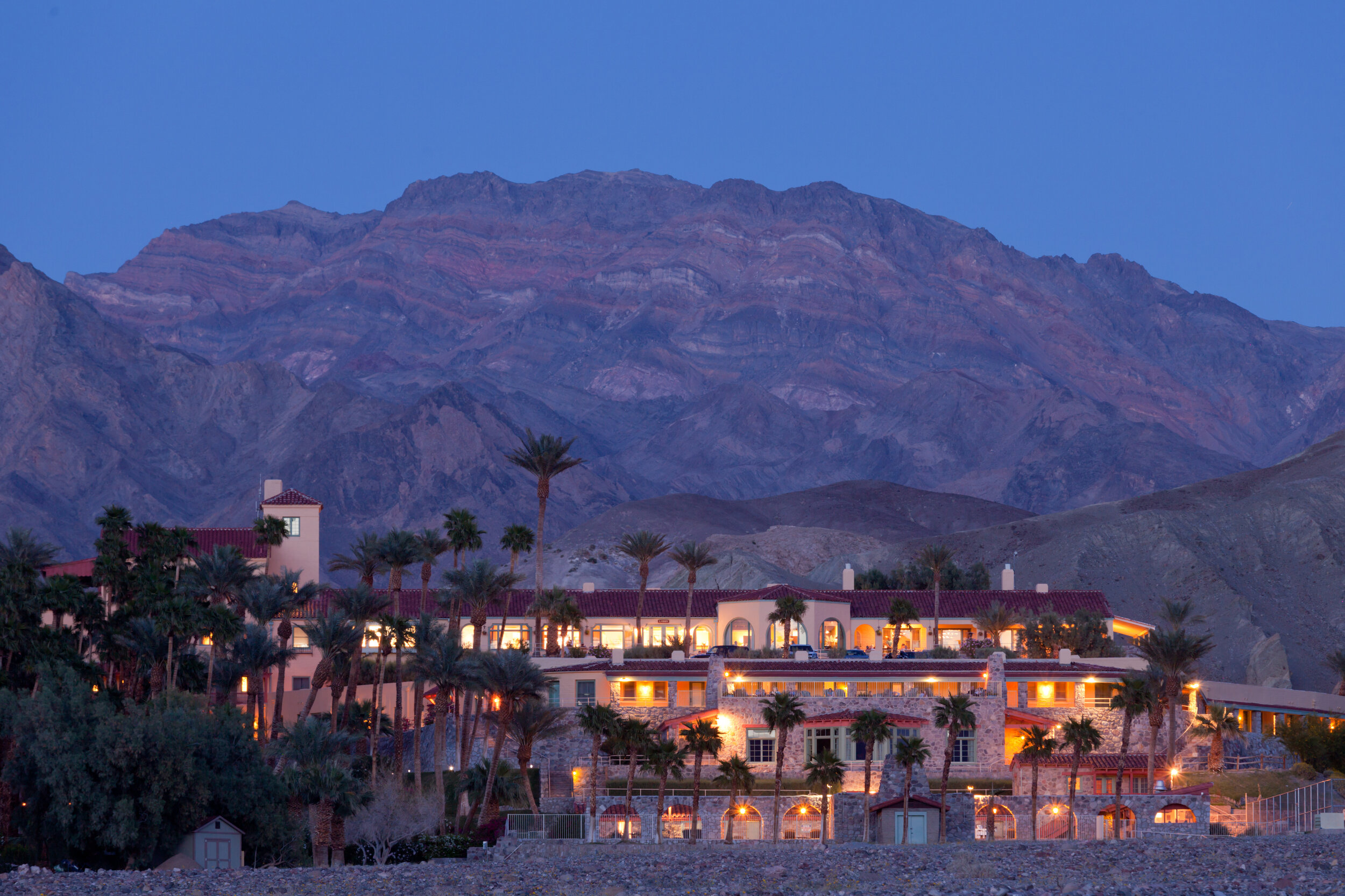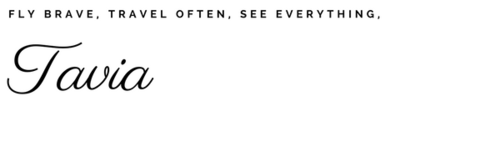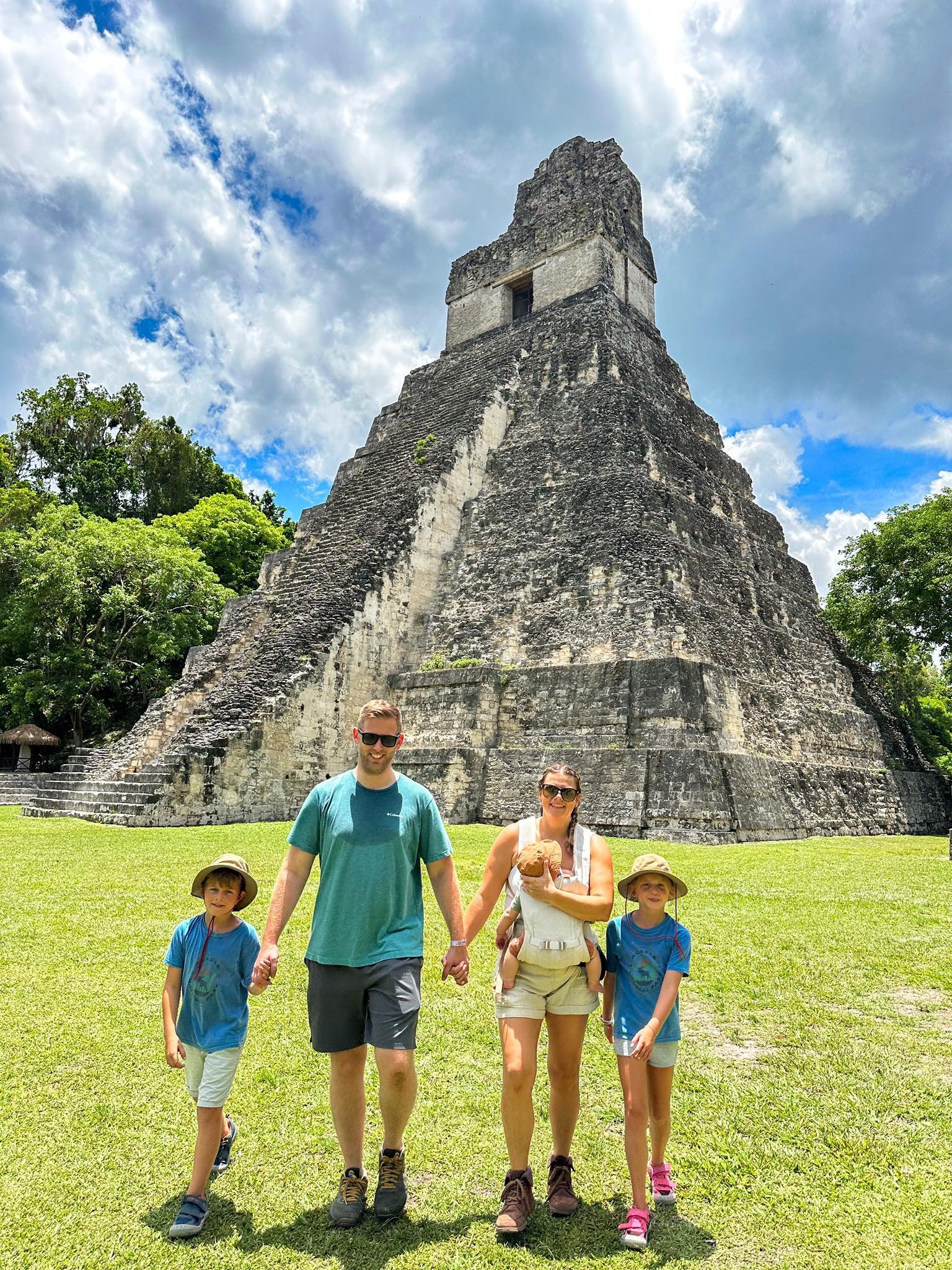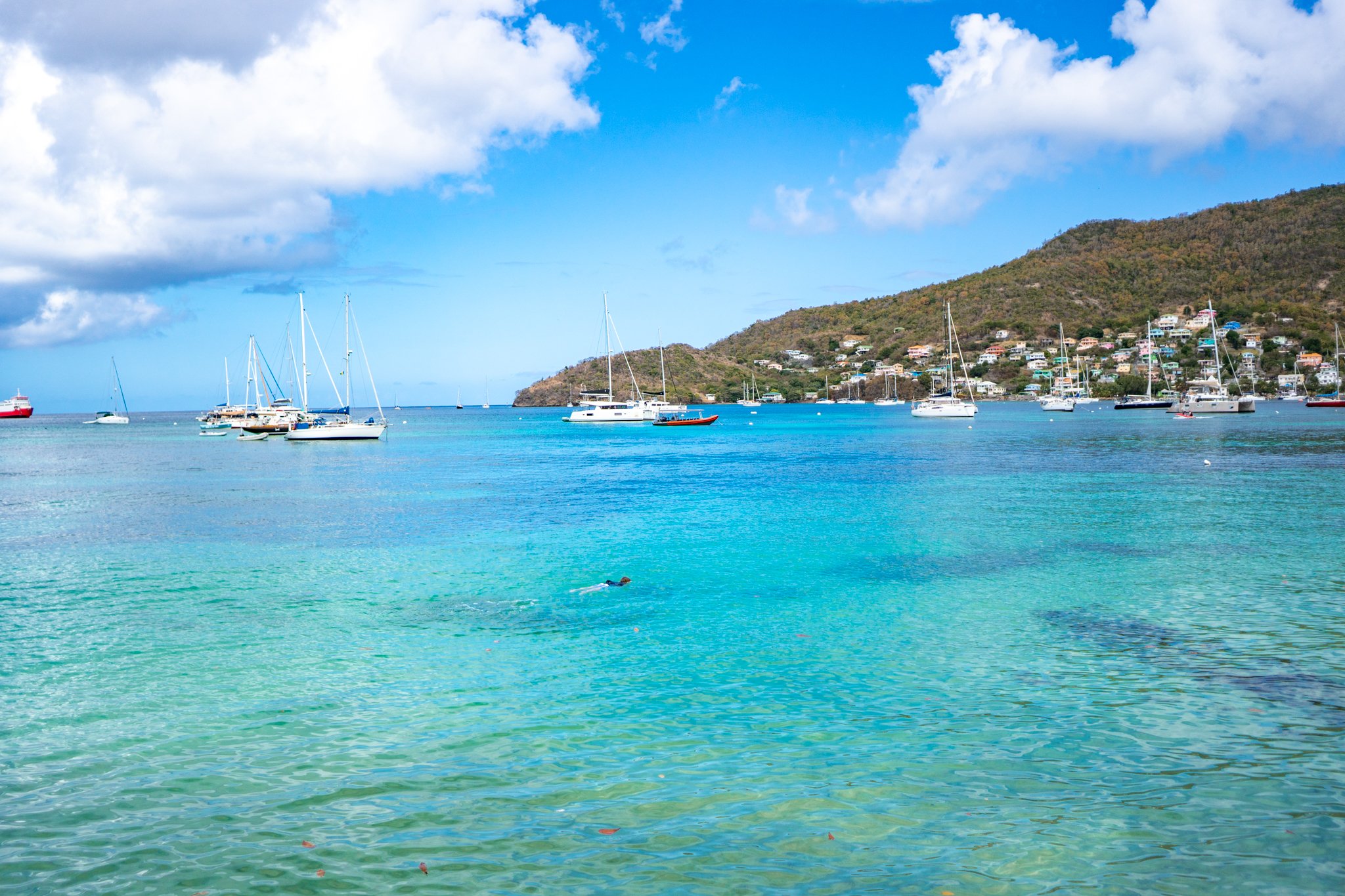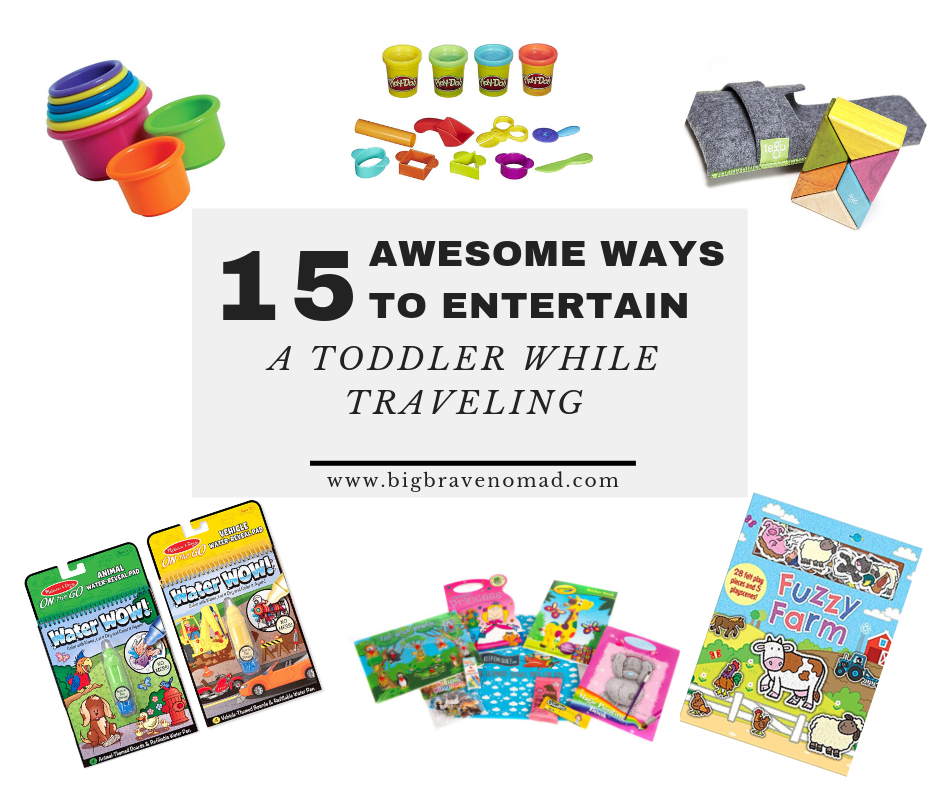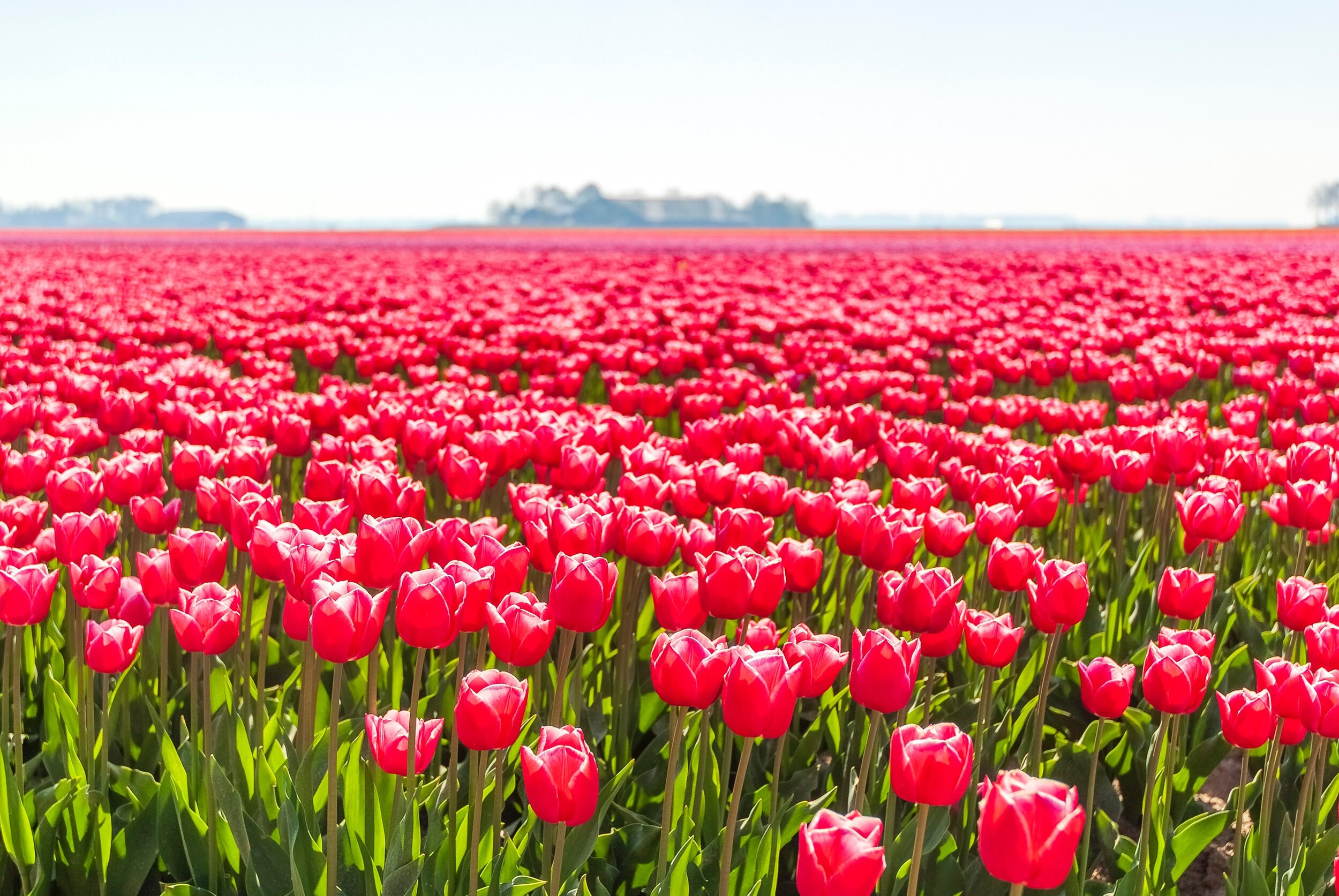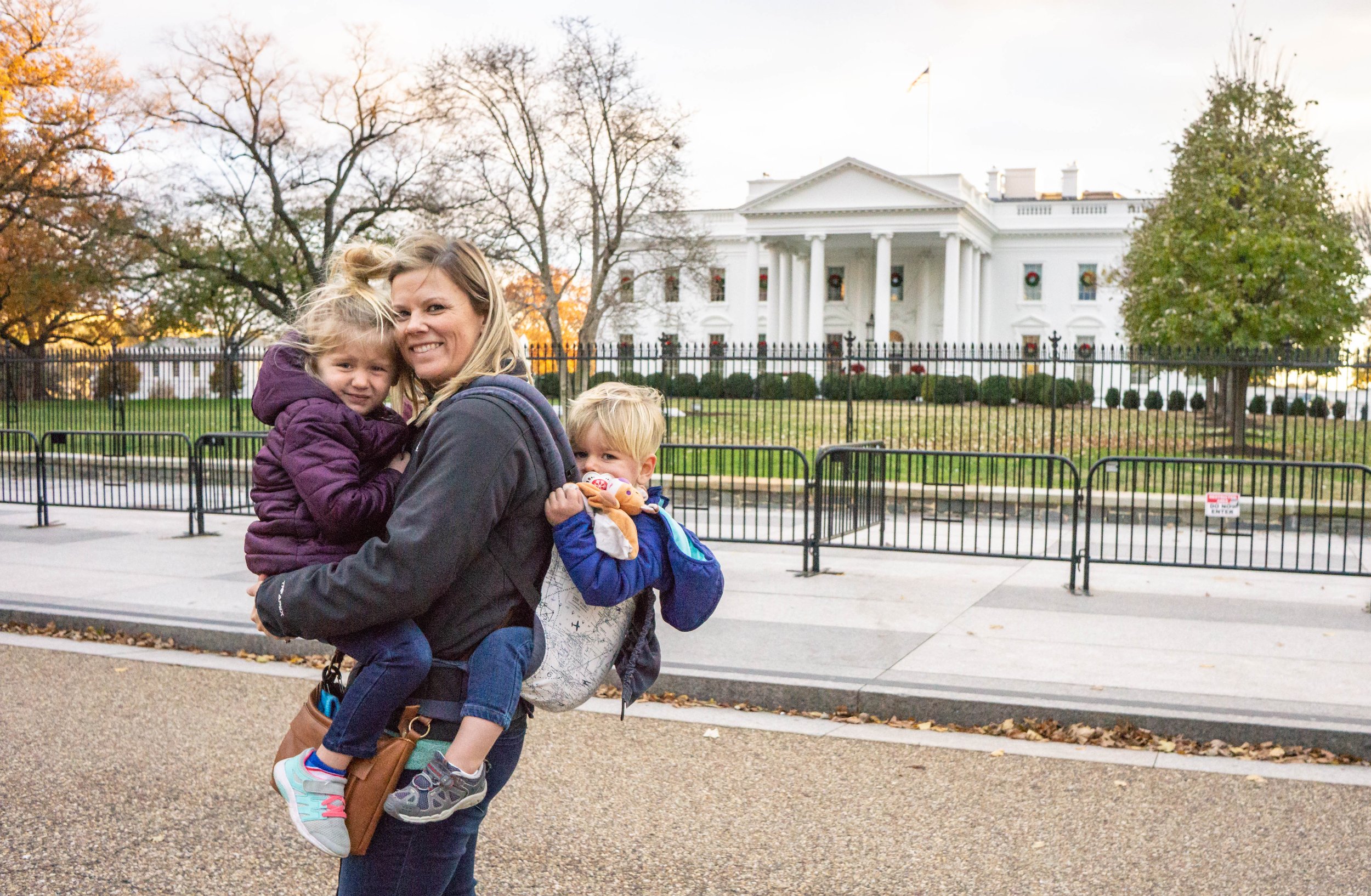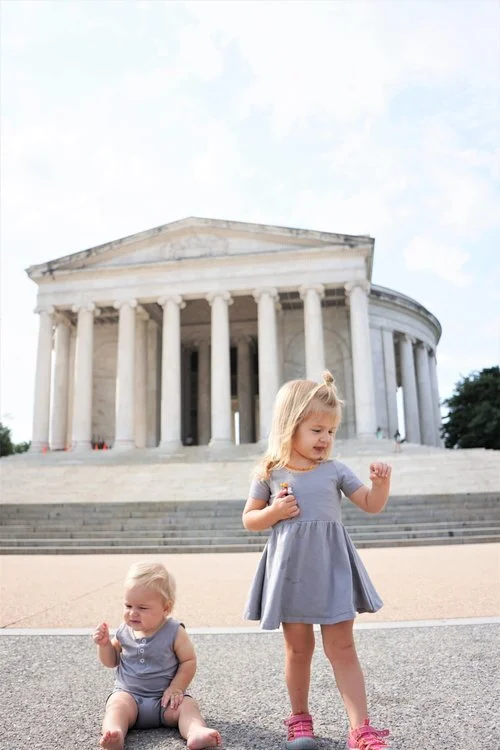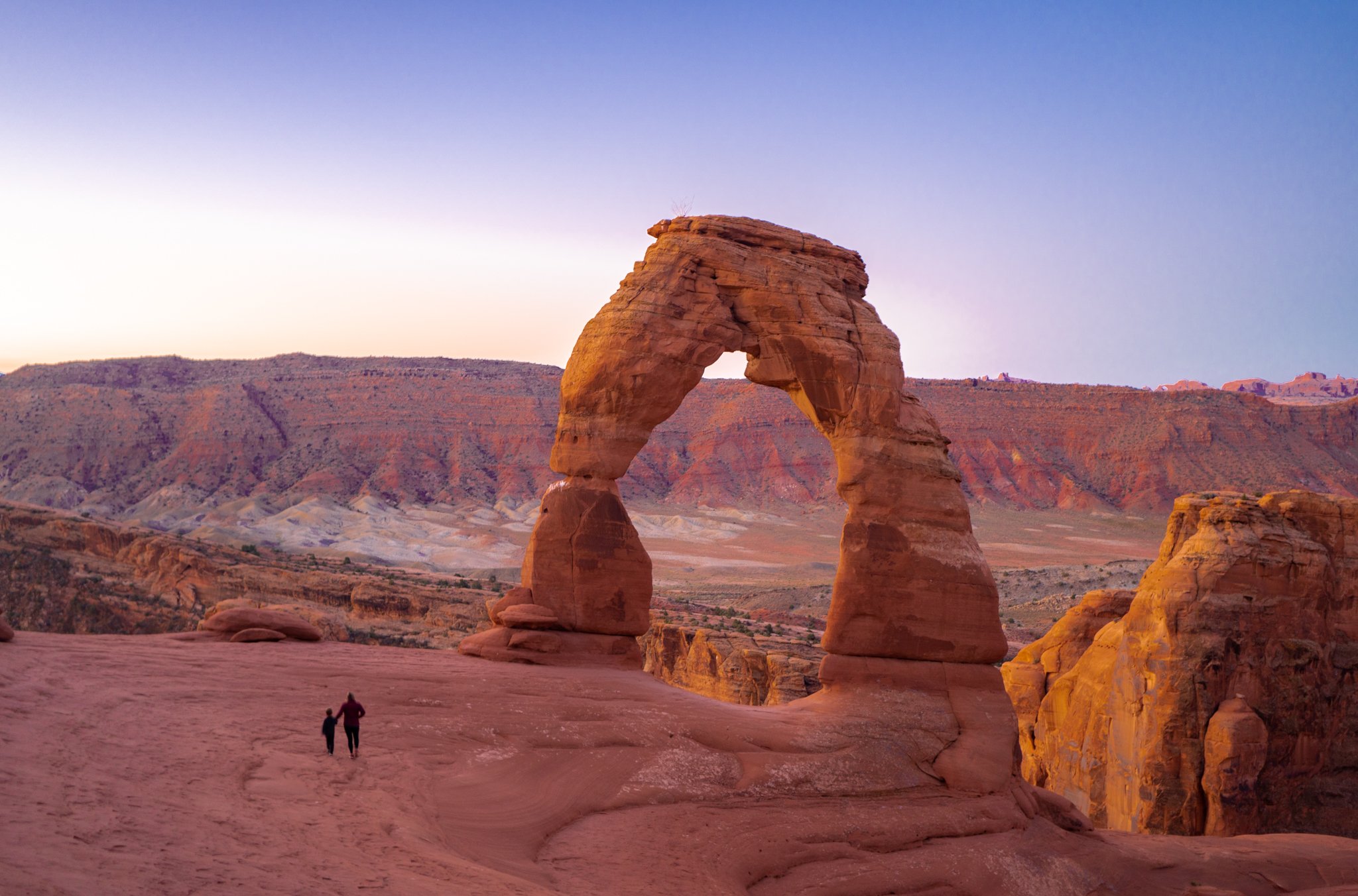What to Do in Death Valley National Park with Kids
/death valley is absolutely amazing. the kids and Jimmy hiking the Mosaic Canyon Trail.
This site contains affiliate links to products. We may receive a commission for purchases made through these links.
the kids and i near Zabriskie Point in death valley
If you’re looking for what to do in Death Valley National Park with kids (or without!), you’re in the right place. This guide will help you decide what to see in Death Valley and what to do in Death Valley with kids. This park is home to the lowest point in the United States and holds the World Record for the hottest place on Earth. Here you will find majestic sand dunes with Mountain backdrops, salt flats that make it seem like a snowy paradise, rocks that move by themselves (or do they?), the most well-preserved charcoal kilns in North America, giant volcanic craters, and Mars-like terrain everywhere you look. The Park was designated a National Park in October 1994, but the fight to protect this land started long before that. Death Valley National Park is visited by approximately 1 million people annually and is the largest National Park in the lower 48 with over 3 million acres of and. Whether you are traveling with kids or without, you’ll fall in love with this unique National Park.
Every visitor to Death Valley National Park should make a stop at the Furnace Creek Canyon Visitor center to get a park map, get a weather update, info about the park’s road conditions and possible closures. You can also visit HERE to see up-to-date closures and weather. Park Rangers are also a wonderful resource for finding out the parks more off the beaten path spots.
Table of Contents
When to Visit Death Valley National Park
Summertime is Death Valley’s busiest and hottest season. In 2018 Death Valley National Park welcomed 182,929 visitors in the month of August alone. In recent years the park has seen a significant increase in visitors; from 2009-to 2018 visitation doubled and from 2017 to 2018 it increased 30%. The summer is also the hottest season in Death Valley with temperatures averaging well over 100 degrees F. In 2020 Death Valley set a World Record for the hottest place on Earth with a confirmed temperature of 130 degrees Fahrenheit. Since many people have the most time off work and kids are out of school, this is the most popular time of year to visit Death Valley, but it may be the most miserable temperature-wise.
However, I believe the best time to visit Death Valley National Park is in the late fall, winter, or early spring. The crowds are much thinner and the weather is much cooler. In 2018 Death Valley welcomed 80,396 in January; a much lower number than the peak summer months. This means there were almost 50% fewer people in January than in August! Fewer people in the park means fewer people on the trails, fewer cars fighting for parking, and more access to the park amenities!
We visited in January 2021 and absolutely loved every second of it. The weather was perfect and while we did see other people on trails, we were never ever crowded. On our first day inside the park, we only saw about 3 other people. The temperatures were in the 40s at night and up to the high 60s during the day. (Fahrenheit) It was fantastic.
How to get to Death Valley National Park
Death Valley National Park is absolutely amazing, but it isn’t super convenient to get to if you’re used to traveling big highways or making day trips from big cities. To give you an idea of how long it will take to get to the park, here are a few examples.
Obligatory national park sign photo!
How far is Death Valley National Park from Las Vegas? 2 hours, 15 minutes
Los Angeles to Death Valley National Park is 4 hours, 20 minutes
Zion National Park to Death Valley National park is 4 hour, 50 minutes
Sequoia National Park to Death Valley National park is 5 hours 30 minutes
Yosemite National Park to Death Valley National park is 7 hours and 20 minutes
Joshua Tree National Park to Death Valley is 4 hours 40 minutes
Death Valley National Park’s East Entrance is located along CA-190 with the closest town being Pahrump. From the North (East), the park is accessible from Beatty, Nevada via Beatty Rd and NV-374 N. From the West, the park is accessible from Panamint Springs via CA-190. If you’re headed into the park for several days, Bakersfield, CA, or Las Vegas, NV will be your best choice for grocery stores and food options. However, there is a General Store and gas station in Stovepipe Wells and another store and gas station in Furnace Creek. The prices of gasoline are similar at these stations.
READ NEXT: Pinnacles National Park with Kids
Back to Top
How Much Does it Cost to Get into Death Valley National Park?
Death Valley National park Visitor Center
Entrance Fee
Private Vehicle: $30. Valid for 7 days. Admits private, non-commercial vehicle (15 passenger capacity or less) and all occupants to Death Valley National Park.
Motorcycle: $25. Valid for 7 days: Admits one non-commercial motorcycle to Death Valley National Park.
Bicyclists, hikers, and pedestrians are per person: $15. Valid for 7 days. Admits one individual with no car to Death Valley National Park.
Buy an Annual Pass to all of the U.S. National Parks HERE for only $80. Unlimited access for 12 months.
Back to Top
Where to Stay in Death Valley National Park
Death Valley National Park Lodging:
We stayed outside the park due to the park campgrounds being closed. this is panamint springs
Death Valley National Park Lodges:
Panamint Springs Resort: This is where we stayed for 4 nights during our visit to Death Valley. We loved it. Panamint Springs Resort is a small, rustic, western-style, resort located in beautiful Panamint Valley in Death Valley National Park that provides lodging, camping and RV services, a restaurant and bar, and a gas station with a well stocked general store. Marvelous views of distant sand dunes and the soaring 11,000 foot high Panamint Mountains complete the setting for leisure dining and relaxation. We stayed in a Large Tent Cabin with 4 cots for $75.00 per night. The tent sleeps 4 people comfortably.
Panamint Springs Resort offers Hotel Rooms (9 NEW Cabin Style Motel Rooms, 14 Historic Motel Rooms & 1 Cottage), 10 tent cabins, 27 Tent Sites, 6 sites with full hook ups, and 26 dry RV sites.
The Stovepipe wells general store
2. Stovepipe Wells Hotel: Stovepipe Wells is in the heart of Death Valley. It is the ultimate destination for adventure travelers. Authentically western, rustic yet comfortable, Stovepipe Wells Village, with its unique hotel, Death Valley restaurant, and Western saloon, has been at the end of the trail for vacationers since 1926. After hiking around the badlands, sand dunes, and canyons, Stovepipe Wells hotels in Death Valley is more than a welcome sight with their friendly, knowledgeable staff, great food, and cold drinks. It’s a place where history is made and legends born. Stovepipe Wells is very convenient to the Mesquite Dunes and Mosaic Canyon. They are co-located with a restaurant and general store.
Stovepipe Wells offers Hotel Rooms, 14 full-hookup sites, and 190 dry camping sites.
The Inn at Death Valley: An elegant hideaway since 1927, the historic Inn at Death Valley is a AAA-rated four-diamond resort that still pampers every guest. Set against the hillside, the exclusive and private resort looks out over the valley toward the Panamint Mountains. Natural springs run right through the hotel and lush palm trees and flowering bougainvillea adorn the grounds. Completely renovated, The Inn at Death Valley features brand new casitas, a spring-fed pool, and classic California-desert style.
The Ranch at Death Valley: The sprawling, 3-diamond hotel has been part of a $100 million renaissance and is the energetic center of activity in Death Valley. Set along Highway 190 next to the National Park Service Visitor Center, you can enjoy a classic town square with towering date palms and mission California architecture. There’s lots of room to spread out with huge lawns set along an 18-hole golf course – the lowest elevation course in the world, a natural spring-fed pool to help keep cool, and rooms with exterior entrances and private patios. Plus, there are great to-go food options to help you enjoy your stay as you set out for adventure in Death Valley National Park.
YOU MAY ALSO LIKE: Two Day Itinerary for Sequoia and Kings Canyon National Parks
Death Valley National Park Campgrounds:
There are 10 campgrounds located inside Death Valley National Park. Below are some short descriptions with links to each one, but also check out the campground at Panamint Springs Resort (above) where we stayed for 4 nights.
Sunrise at our campsite in panamint springs resort
Stovepipe Wells Campground: First Come, First Serve. This 190 site campground can host tents and RVs. There is potable water available in the campground. The campground does not have restrooms, but campers have access to the restroom at Watchman campground. South campground has a dump station.
Cost: $14 per site per night
Furnace Creek Campground: Reservations required. This 136 site campground can host tents of RVs and 18 sites offer full hook ups. There are flush toilets available and this campsite does have cell phone service.
Cost: $22 per site per night (non electric) & $36 per site per night (full hook up)
Sunset Campground: First Come, First Serve. This campground is located at-282 feet and offers 230 dry sites. There are flush toilets available seasonally, but no showers. Fire grates and tables are NOT available at each site.
Cost: $14 per site per night
Texas Spring Campground: First Come, First Serve. This 92 site campground can host tents and RVs and 26 of the sites are tent only. Each site has a fire pit and table. There are flush toilets, but no showers.
Cost: $16 per site per night
Mesquite Spring Campground: First Come, First Serve. This 40 site campground can host tents and RVs, but has no hook-ups. Each site has a fire pit and table. There are flush toilets, but no showers.
Cost: $14 per site per night
Emigrant Campground, Wildrose Campground, Thorndike Campground, and Mahogany Flat Campground are all free but do not accept vehicles longer than 25 feet. All three have pit toilets and offer tables. Thorndike and Mahogany do not have water available.
READ NEXT: How to ENJOY Tent Camping with Toddlers
Back to Top
we stayed in the cabin tent at panamint springs rv resort and the night sky was unbelievable.
Where to Stay Outside of Death Valley National Park
Panamint springs rv resort had these awesome cabin tents!
Death Valley National Park is absolutely massive and pretty desolate. When choosing where to stay outside of the National Park you must consider how long it’s going to take you to drive into the park to explore. I highly recommend finding a place to stay inside the park.
Recommended Hotels Near Death Valley National Park:
Longstreet Inn & Casino: (South West Entrance) With 60 newly-renovated nonsmoking rooms, accommodations for 51 recreational vehicles and a dynamic casino, Longstreet Inn prides itself on being the most welcoming spot in Nevada. You’ll have everything you need during your stay including two on-site dining options, complimentary high-speed Wi-Fi, free access to the Business Center, a Swimming Pool, 24-hour Casino action, 24-hour Bar, 24-hour Mini Mart, 24-hour Laundry facility, Horse Shoe Pits, and a Petting Zoo!
Airbnbs Near Death Valley National Park
The best family-friendly Airbnbs near Death Valley National Park - There are several nice Airbnbs in Beatty, Nevada with convenience to the west entrance of Death Valley National Park. These are a nice alternative to camping in the heat of the summer and convenient to exploring the park.
l always playing in the rocks — this is on the rim of ubehebe crater
What to do in Death Valley National Park with Kids
The kids and i during sunrise at badwater basin
1) Hike
There are many Death Valley kid friendly hikes, however, Death Valley is the desert and exposure is the number one killer of visitors to this park. Hike responsibly by carrying at least 2 liters of water per person for day hikes, wearing sunscreen, and letting someone know where you will be. Hiking is one of the best things to do in Death Valley because it brings you up close to the unique nature of this park.
Best Hikes for Toddlers in Death Valley National Park
Mesquite Flat Dunes are a perfect spot for the entire family to run and play
Salt Creek Interpretive Trail: THIS TRAIL IS ACCESSIBLE. This is an easy 0.5-mile boardwalk trail. The best time to visit is during the Spring (February - April) when the Salt Creek Pupfish are in spawn, but we hiked it in January and it was a gorgeous walk.
Natural Bridge: This is an easy 1-mile hike that rewards hikers with a walk under a naturally formed bridge. There are also three different spots along this trail where hikers can see the remains of dried waterfalls. This trail has a log of loose gravel and the start of the trail is moderately steep. Walking along this trail feels like walking through a Star Wars Movie.
Badwater Salt Flats: THIS TRAIL HAS AN ACCESSIBLE RAMP, but wheelchairs may need a little help in areas past the ramp. While this is labeled as a “trail” - it is truly just a walk across the salt flats with no real end. This is the lowest point in North America at 282 feet below sea level. This “hike” is very easy and flat — go out as far as you want and come back when you are ready.
Mesquite Flat Sand Dunes: MUST NOT MISS. This is not a trail per se. Like Badwater Basin, you walk into the dunes as far as you want to go and then back to the car. If you are really ambitious and have quads of steel, head to the peak of High Dunes which is 1 mile (one way) from the parking lot. Come prepared with lots of water and be ready to feel the burn (in your legs).
The Kids walking under the Natural Bridge
Best Hikes for Kids in Death Valley National Park:
Mosaic canyon is perfect for kids who like to climb
Mosaic Canyon: DO NOT MISS THIS HIKE. This is a moderate 3.5-mile trail. The views inside this canyon will make you feel like you’re on another planet. As you hike back out, make sure you slide down the slick rocks. We spent a lot of time letting the kids climb up and slide back down! ***There is climbing involved in several spots that I don’t recommend doing with a baby carrier on your back. The climbs were easy enough for my 4 and 5-year old though (with a little help from us).
Ubehebe Crater Loop: This 1.5-mile loop trail takes hikers along the rim of the Ubehebe Crater Loop. Keep your eye out for Little Hebe (a smaller crater) along this path. The views from the top are incredible. We decided to start the loop by going right out of the parking lot. When going this direction you will hike up a steep gravel path and spend the rest going down.
Darwin Falls: This is a moderate 2-mile trail that leads to one of the only lush parts of this entire National Park. The unmarked route is fairly flat but rocky as it transitions from a desert wash into a high-walled canyon. Enjoy this lush oasis in the desert! (This trail is west of Panamint Springs)
Golden Canyon to Gower Gulch to Badlands Loop: This trail can be anywhere from 3 to 8 miles depending on how far the hikers want to go. This path is an incredible blend of canyons and badlands. The badlands are very impressive to see and look like the surface of Mars.
Desolation Canyon: This 3.6-mile hike is moderate to strenuous. Hikers need to be aware of their surroundings as this hike is unmarked. Be prepared to scramble!
Hiking by Little Hebe Crater as we hiked the Ubehebe Crater Trail
Best Hikes for Teenagers in Death Valley National Park:
hiking along the rim of the ubehebe crater
Wildrose Peak: This 8.4 mile out and back hike starts directly in front of the Wildrose Charcoal Kilns. Hikers will trek alongside Pinyon Pine and Juniper Trees. As the hike gets higher, hikers will be rewarded with sweeping views of Death Valley. At the very top, there are breathtaking 360* views of the Mojave Desert, Sierra Nevada Mountains, and Death Valley.
Telescope Peak: This 14 mile out and back trail gains 3,000 feet in elevation, so get ready to feel the leg burn. Mahagony Flat Campground is co-located with the trailhead. As hikers head up the East Panamint Mountain range, they are rewarded with unobstructed views of Death Valley. Near the top, there is a Bristlecone Pine grove and the summit sits at 11,049 feet above sea level.
Back to Top
The kids walking down into the valley from natural bridge trail
2) Wildrose Charcoal Kilns
walking around these amazing charcoal kilns
The Wildrose Charcoal Kilns are the most significant historical-architectural features in Death Valley. These structures are 25 feet tall and shaped like beehives. The 10 beehived-shaped Wildrose Kilns are the best know surviving kilns of their kind.
These kilns were completed in 1877 but may have only been used for 2 years in the effort to provide fuel to nearby silver-lead mines.
The drive down to the kilns is absolutely gorgeous. If you’re concerned about the long drive, don’t be. The views and change of terrain are pretty unbelievable. We absolutely loved this drive.
wildrose charcoal kilns
3) Harmony Borax Works
Harmony Borax Works was the central feature in the opening of Death Valley and the subsequent popularity of the Furnace Creek area. The plant and associated townsite played an important role in Death Valley history. This historic spot has a 0.5 mile ADA Accessible (paved) trail, remains of the old Borax plant, and a well maintained double wagon that was used to haul borax out of Death Valley. Here visitors are able to self guide themselves through the borax processing, the story of the Mule Skinner, and life in Harmony in the 1880s.
4) Scotty's Castle
We didnt get to explore scotty’s castle, but i really want to.
Death Valley Ranch, or Scotty’s Castle, is located in the far North part of Death Valley National Park.
This historic home has an almost unbelievable back story that involves an unlucky gold prospector and a well respected Chicago insurance magnate. The two became unlikely friends and spent many winter trekking Death Valley together. Eventually, they decided to build a more comfortable vacation home to spend their nights in Death Valley, so construction began on the Ranch. However, the Great Depression began to settle in on America and the men realized there was a surveying error on their land, so they halted construction and never began again.
Now, the castle is a coveted piece of interesting history in Death Valley. Unfortunately, a flood caused a lot of damage to the castle and it has been closed since 2015 as they clean up the damage and repair the building.
5) Artists Drive
Artists pallette from the parking lot.
This 9-mile drive takes visitors through an unbelievable landscape of multi-colored badlands. There is a stop near the beginning to get out and walk up to an overlook. (See image below). You can also stop at Artists Pallette for the famous view of green, pink, purple, and yellow rock formations. Here you can get out and hike along the ridges and valleys of the badlands. There is also a restroom located in the parking lot. This would be an absolutely perfect spot for a picnic with kids! The drive is one-way, so take your time as you maneuver through.
We loved the views along artist drive and stopped several times to snap some photos
6) Stargazing
Half the park is After Dark! Death Valley National Park takes pride in its dark skies and its effort to protect its dark sky. Many visitors stay in the park to watch the amazing colors of the sunset and then stay to be awed by the millions of stars you can see. It gets so dark in Death Valley at night that you can actually see the milky way with your bare eyes. Death Valley star gazing is one of the best things to do in the park!
Back to Top
if you’re staying in or near Deathnational park, be sure to look up at night! THis is a photo I took from our campsite of the stars.
7) Death Valley Junior Ranger Program
Both kids became Death ValleY Junior Rangers
It’s easy to become a Junior Ranger in Death Valley!
First, either pick up a free activity booklet at Furnace Creek Visitor Center or print it at home!
Then complete the right number of activities based on your child’s age. Once the child is finished, bring it to the Furnace Creek Visitor Center. A park ranger will check your work in the booklet, give the oath, and then present the coveted Junior Ranger Badge!
Check out the Junior Ranger page to learn more!
READ NEXT: What to do in Lassen Volcanic National Park with Kids
Back to Top
8) Abandoned Mines and Ghost Towns
There are several ghost towns and abandoned mines in Death Valley. Some of them you can still access and explore! Since the 1848 discovery of gold in California, Death Valley has experienced over 140 years of boom and bust mining. The finding of minerals meant the creation of mines which meant that towns popped up all over the desert valley. Greenwater, Panamint City, Skidoo, and Rhyolite are a few of the towns that still lurk abandoned within this National Park. Rhyolite is an example of a town founded in 1904 after finding minerals and boomed to a population of 5-10,000 people before finally closing completely in 1916. These booms have left their mark in Death Valley. Fortunately, mining ceased due to the National Park designation, but the history remains and is ready for exploration.
Panamint city - photo courtesty of shutterstock
9) Mysterious Moving Rocks
The Racetrack is a place of otherworldly phenomenon. Rocks move by themselves. This area is a dried lakebed located between 2 mountain ranges. Due to it’s remoteness and difficulty to get to, we did not get to see these for ourselves.
The mysterious moving rocks fascinated scientists for years. It wasn’t until 2014 that the mystery was solved. A perfect combination of cold night time temperatures and warming day temperatures causes the ground to freeze and thaw. This combination lifts the rocks and causes them to slide.
If you decide to head to the Racetrack, please head the NPS warnings.
“The road to the Racetrack is rough, and good tires, 4x4 and high clearance are usually required. Standard rental vehicles are not recommended, and often get flat tires. Use extreme caution on this road in the summer heat. There is no cell phone coverage in the area. Drive time from Furnace Creek is at least 3.5 hours each way. Other access roads make for even longer and more remote adventures.” - NPS
The famous mysterious moving rocks at the racetrack
Death Valley is the largest and possibly the most interesting National Parks in the lower 48 states. People come from all over the world to experience Death Valley’s desolation. There is intense heat, ghost towns, magnificent badlands, salt flats, moving rocks, sand dunes, and the lowest elevation in North America. Let this guide help you decide what to see in Death Valley and what to do in Death Valley with kids. No matter whether you camp inside the park or stay nearby, Death Valley National Park the perfect adventure.
PIN ME:
AMAZON AFFILIATE DISCLOSURE:
There are links on this site that can be defined as “affiliate links”. This means that I may receive a small commission (at no cost to you) if you subscribe or purchase something through the links provided.
Big Brave Nomad is a participant in the Amazon Services LLC Associates Program, an affiliate advertising program designed to provide a means for website owners to earn advertising fees by advertising and linking to amazon.com, audible.com, and any other website that may be affiliated with Amazon Service LLC Associates Program.










